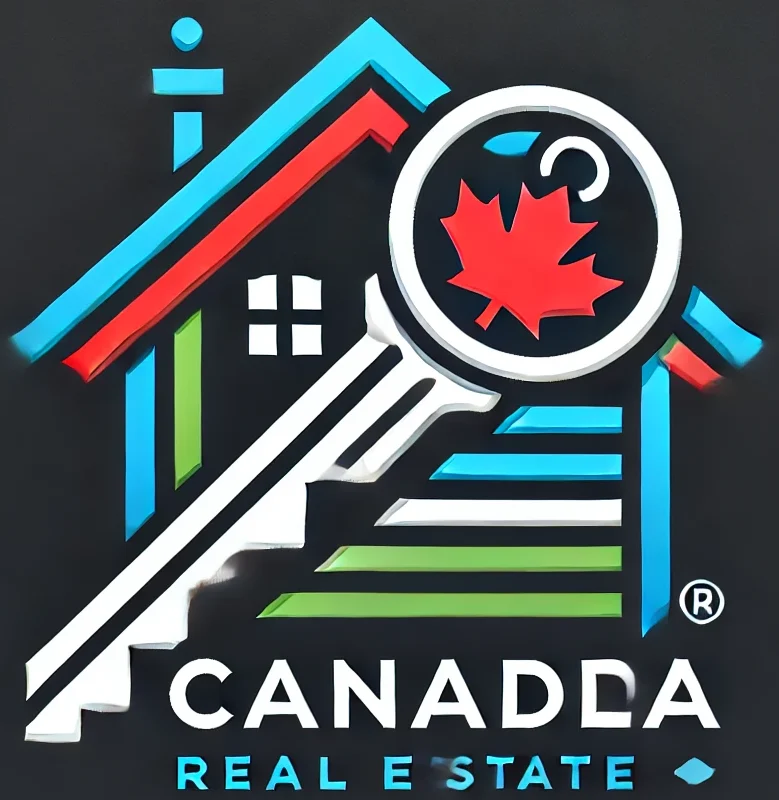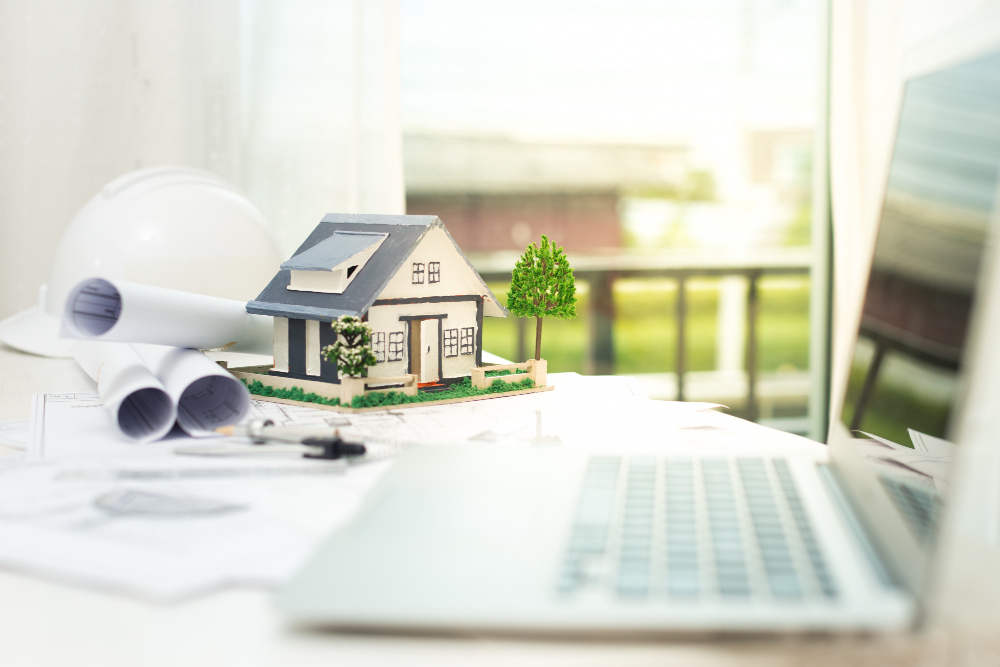Buying a home is one of the most significant investments most Canadians will make in their lifetime. While it’s easy to be drawn in by a property’s aesthetics and location, hidden issues can lead to unforeseen expenses and stress after purchase. A professional home inspection is a vital step in the buying process, providing insight into the property’s condition and helping buyers make informed decisions. This paper explores the importance of home inspections in Canadian real estate and highlights common issues to watch for during the process.
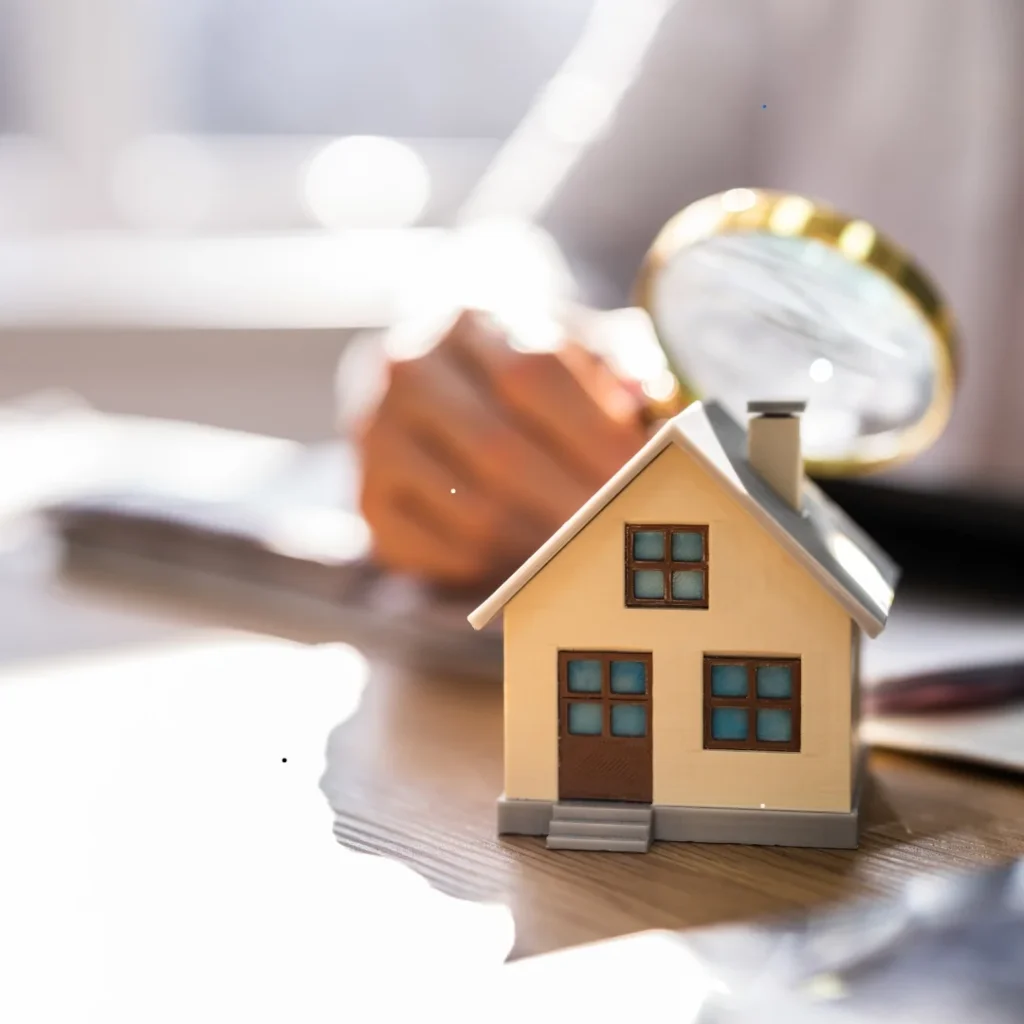
Why a Home Inspection is Crucial
- Uncover Hidden Problems A home inspection reveals issues that may not be visible during a typical walkthrough. From structural concerns to outdated electrical systems, these problems can pose safety risks and lead to costly repairs if not addressed.
- Protect Your Investment Knowing the true condition of a home ensures you’re paying a fair price. A thorough inspection can also provide leverage during negotiations, allowing buyers to request repairs, adjustments to the purchase price, or additional seller concessions.
- Plan for Future Maintenance Even if no immediate repairs are needed, an inspection report provides valuable information about the home’s systems and components. Understanding the lifespan of key features like the roof, HVAC system, or plumbing allows buyers to budget for future maintenance.
- Comply with Mortgage Requirements Some lenders in Canada may require a home inspection as part of the mortgage approval process, particularly for older homes or those in areas prone to specific risks. An inspection report can provide assurance to lenders that the property is a sound investment.
- Peace of Mind Buying a home can be stressful, but an inspection offers peace of mind by confirming the property’s condition and reducing the likelihood of unexpected surprises after closing.
Common Issues Found During Home Inspections
- Structural Problems Cracks in the foundation, uneven floors, or sagging roofs can indicate serious structural issues. These problems are often expensive to fix and may compromise the safety of the home.
- Roof Damage Roofs are among the most critical components of a home, yet they are frequently overlooked. Inspectors check for missing shingles, leaks, or signs of poor drainage that can lead to water damage or increased energy costs.
- Electrical Issues Outdated wiring, overloaded circuits, or improperly installed electrical systems can be dangerous and expensive to upgrade. Older homes in Canada, particularly those built before the 1970s, may have knob-and-tube wiring, which poses fire hazards and may not meet modern building codes.
- Plumbing Concerns Leaking pipes, clogged drains, or outdated plumbing materials such as lead or galvanized steel can lead to water damage and health risks. Inspectors check for these issues to prevent costly repairs.
- Heating and Cooling Systems HVAC systems are essential for comfort and efficiency, particularly in Canada’s extreme weather conditions. Inspectors evaluate the age and condition of furnaces, boilers, air conditioning units, and ventilation systems to ensure they are functioning properly.
- Water Damage and Mold Water intrusion from leaks, poor drainage, or flooding can cause extensive damage and create conditions for mold growth. Mold not only affects the home’s structure but also poses health risks to occupants.
- Pest Infestations Termites, rodents, or carpenter ants can cause significant damage to a home’s structure and insulation. A thorough inspection can identify signs of infestations and recommend appropriate treatments.
- Insufficient Insulation and Ventilation Poor insulation or inadequate ventilation can lead to high energy bills and moisture problems. Inspectors assess these areas to ensure the home meets energy efficiency standards.
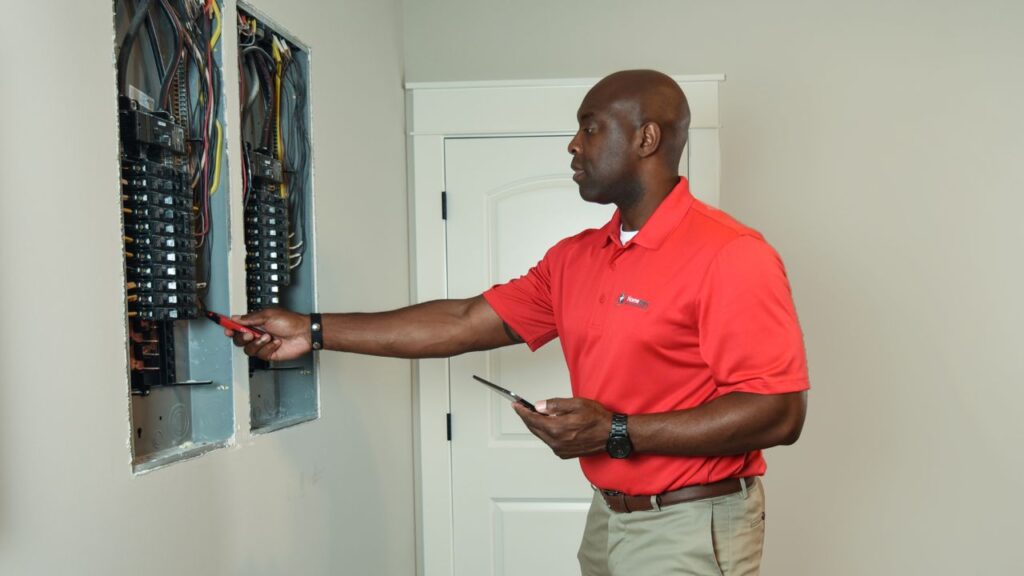
What to Expect During a Home Inspection
A home inspection typically takes 2-4 hours, depending on the size and condition of the property. It involves a detailed examination of the home’s interior and exterior, including:
- Foundation, walls, and roofing
- Electrical, plumbing, and HVAC systems
- Windows, doors, and insulation
- Attics, basements, and crawl spaces
- Appliances and fixtures (if included in the sale)
Buyers are encouraged to attend the inspection to ask questions and gain a better understanding of the home’s condition.
How to Choose a Qualified Home Inspector
- Credentials and Licensing In Canada, some provinces, such as British Columbia and Alberta, require home inspectors to be licensed. Ensure the inspector meets provincial regulations and holds certifications from reputable organizations like the Canadian Association of Home and Property Inspectors (CAHPI).
- Experience Look for an inspector with experience in the type of property you are buying. For example, older homes or condos may require specialized knowledge.
- References and Reviews Ask for references or check online reviews to evaluate the inspector’s professionalism and reliability.
- Comprehensive Reports Ensure the inspector provides a detailed, written report that includes photographs and recommendations for addressing any issues.
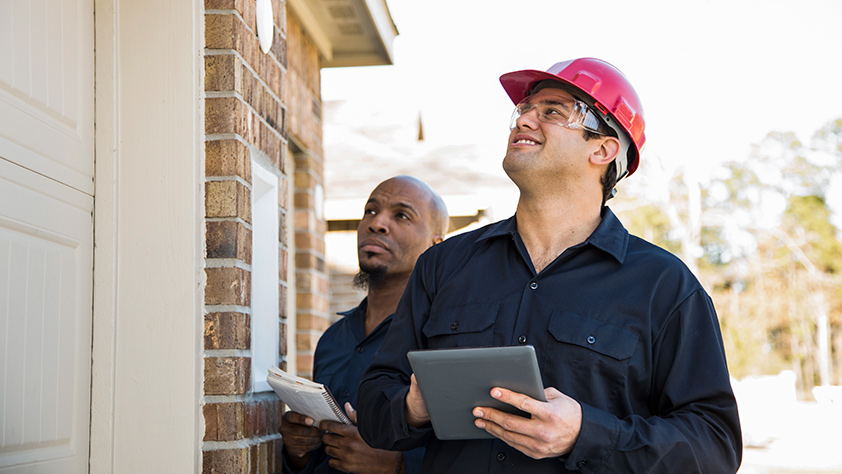
Conclusion
A home inspection is an indispensable part of the homebuying process in Canada, providing a clear picture of a property’s condition and helping buyers avoid hidden costs. By uncovering potential issues and providing a roadmap for future maintenance, inspections protect your investment and ensure peace of mind. Buyers should prioritize working with a qualified inspector and use the findings to make informed decisions, ultimately leading to a smoother and more confident home purchase.
